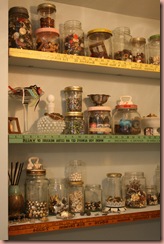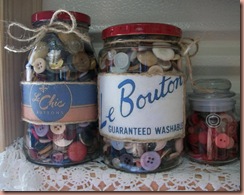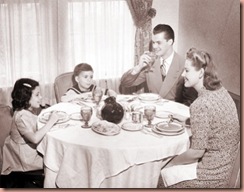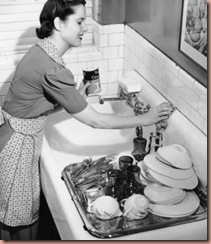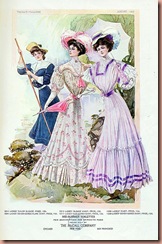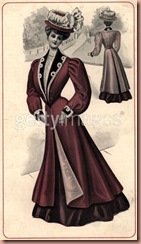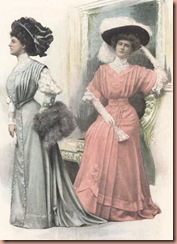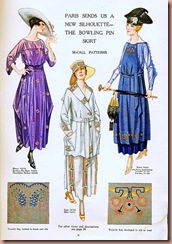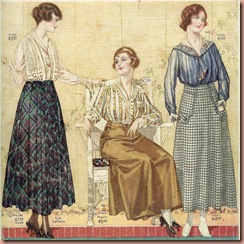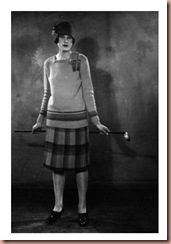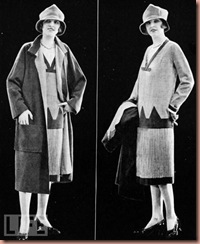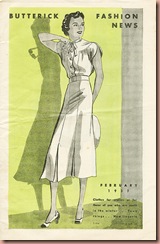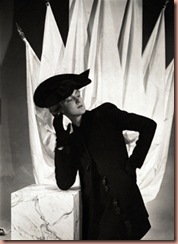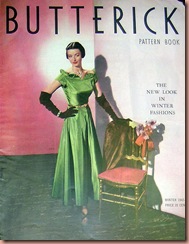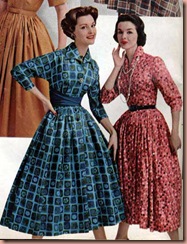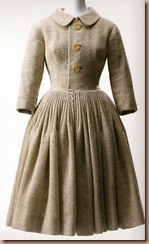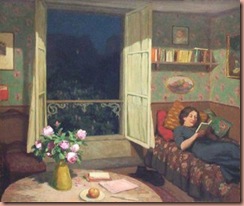 I recently have begun to consider how different my day has become in the past two and half years. What often seems normal to me now will sometimes suddenly become apparently alien to the majority of the United States: My being at home.
I recently have begun to consider how different my day has become in the past two and half years. What often seems normal to me now will sometimes suddenly become apparently alien to the majority of the United States: My being at home.
I am often so buy (even without children) just caring for my home, researching and writing my blog, that the days seem an almost homogenous bubble in which I exist. There was a time when driving everyday, dealing with traffic, or just dealing with more people in general in the city, was a normal part of my day. It can often seem odd, now, when I will stop in the middle of what I am doing and notice the quite.
I rarely listen to music for the majority of the day. I once always had some noise on: the TV, music, headphones and i-Pod. Now, when I do listen to music, it is an intentional act. Perhaps I might like it on if I am ironing in the kitchen or making breakfast (then I use my old-look radio that has a hidden CD player with old music/radio programs on it). I have become so ‘lazy’ about the need to constantly have new or different music that I realized that same CD has been in there since last Thanksgiving. I like the old songs sung by Ella and Louis, and ‘The Colgate Comedy Hour” which technically ended broadcast in 1955-so even in 1957 I can be an anachronism.
Sometimes, at my lunch time, I will take the time to put a record on. Again, I have had a Doris Day album on the turntable for some times and I simply play the same side. I compare this to the old modern me who found it normal to always be finding new artists bands and new songs. It makes me wonder, how the songs created by bands/ musicians now have to be assembly lined. Can there be a classis song from our time? Other than one or two pop songs that might infiltrate all levels of popular society, songs seem to be brought out and used so quickly. And of course then used in advertising, the other constant sound of the modern world.
Not having advertising in your life is a strange experience. Occasionally I will click on a program such as HULU just to see what advertising is happening now. I am at first always taken by the noise! The sheer constant barrage of sound mingled in one commercial. The last time I did this, maybe two weeks ago, I made it through one commercial and it made my stomach turn. I can’t recall if it was for a service or the device, but there was a father watching a show on a large wall television, then he moves to his desktop computer. It turns into a cartoon and he removes the monitor (Which is apparently also like an eBook or something) and hands it to his children who were just begging for his attention. When he hands it to him (despite the fact he was oblivious to their needs prior) they suddenly go comatose and lose interest in the father and watch the show. Then the parents leave the child with a sitter.
There was also another similar commercial where shows for children went from TV, to computer to hand held devices to car seat monitors all with the idea that the child luckily is kept busy with his/her shows on the go. What about looking out the window? Or engaging one another in conversation (language skills and social skills are really learned at these early stages, with less and less actual human interaction but only faux magical online/TV interaction, how is this skewing children’s reality, I wondered?
Needless to say, I don’t do this very often. But I am always taken by the noise and sound. I even notice sometimes if I am visiting a friend who may have the TV on most of the time. There is this high pitched electric sound I was never really aware of before. You can hear it in spades in big box stores that sell electronics, I am sure (Though I have not been in a big box store in quite awhile either.)
When we lived in Boston it was normal to see the majority of passersby self-engaged with their i-Pods. I too would walk with my headphones in and it seemed normal. Yet, looking back, I can see that last bastion of community, the city, slowing removing its inhabitants to some pseudo-self world that allows you to carry yourself around to the exclusion of those around you. Less random conversations are started when a train full of people are staring into space with headphones or staring at little screens furiously typing away or talking on phones. The social engagement of people to people in person seems a fading possibility.
That is when I began to think of my own isolation here. Certainly I am trying to relive to a certain point the 1950’s homemaker’s life. There would have been those quiet at home moments, no TV or noise and just you and your thoughts. But, what there would also have been is houses and houses full of people doing what you were doing. And a relationship amongst those “little women at home”. A pop next door to borrow a cup of sugar. A shared ride with Betty because it was her day with the car, to go to bridge or marketing together. A chat over the fence or a chance encounter on the main and high streets of towns and villages and cities.
Sometimes I will walk to the end of our drive and look up and down our road. Look at all the houses and see them basically empty. Though we do live in an area of many retired people without jobs, they are often off at the shops and such. Our neighbors next door, a young couple, are almost never home. Their cars are their only indicator. I think sometimes in the summer I will see them together but most of the time they leave at different times, arrive home at different times and occasional share a ‘hello’ with me when they take their dog out briefly and return to the house and then are gone.
It is odd to me that the increased freedoms multiple cars, jobs for all, and endless entertainment has only seemed to produce more isolation in a way. Even when people are together they will stop in a conversation to answer a phone call or continue to ‘listen’ while typing away a text at the same time. Perhaps, it is just me and my own personal location that results in a sense of isolation. Perhaps many of you in other parts are constantly engaged in public situations and conversations, but being a vintage housewife in 2011 is rather like being on a deserted island sometimes. Not that I mind all that much. When I consider what is out there: the Noise, the traffic, the endless downturned heads and little screens, eyes not seeing, ears not hearing, and the constant movement. In many ways I am happy and consider myself lucky to be at home. Though I know many who have said it would “drive them crazy, all the quiet” and it makes me wonder, why? Why do we not want to stop and listen to ourselves. To have the solitary conversation or mull over ideas and thoughts alone. Even our alone time is taken up with music, emails, texts, and constant communication. Yet, in person, our communication is almost non existent. The 21st century seems a time of disparaging contrasts, doesn’t it. And, for me, I am not sure now how I can ever truly live IN it any longer. I am not really welcomed back in time, for all the housewives have gone on, and the modern world might as well be an alien culture to me.
Is it possible to get culture shock from your own culture?
How do any of you, who are simply constantly modern, find the world different from even say 10 years ago? I’d love to hear.


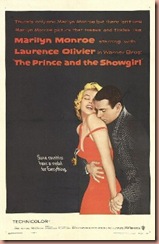
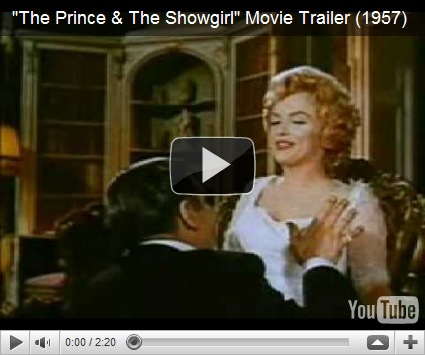


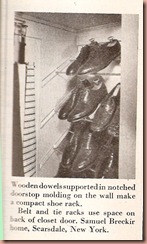
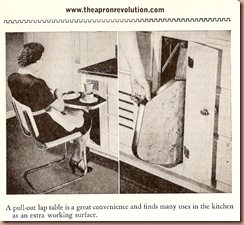
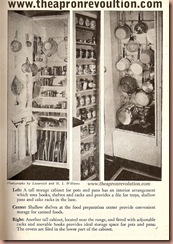
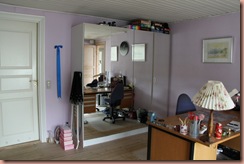
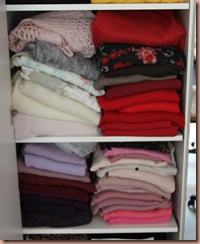
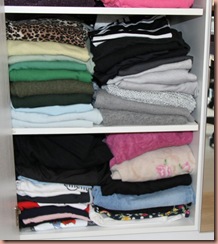
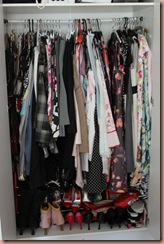
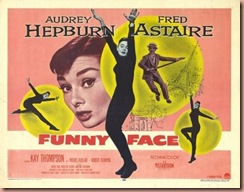
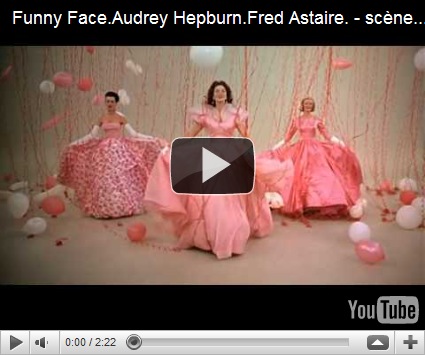
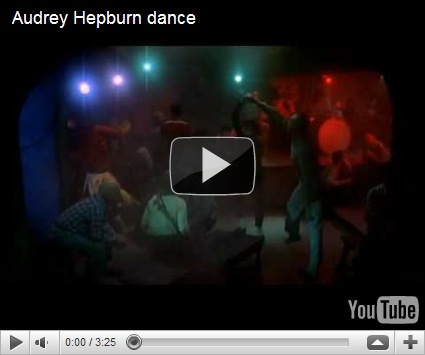
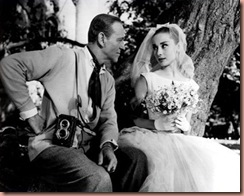


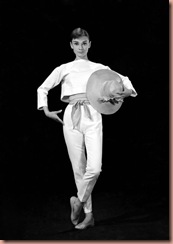

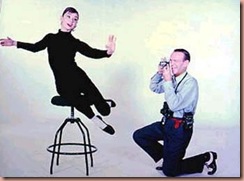
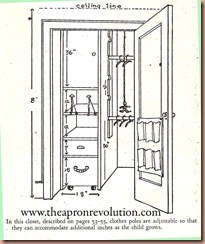
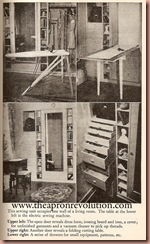
![southboston50s[2] southboston50s[2]](http://lh4.ggpht.com/_PlZN4MWvkq0/TYJ4B1SKruI/AAAAAAAAGJ0/nZ3JawSvXGA/southboston50s%5B2%5D_thumb.jpg?imgmax=800)
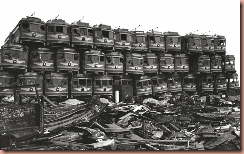
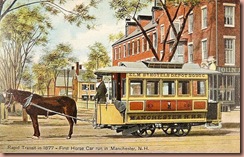
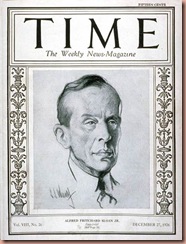
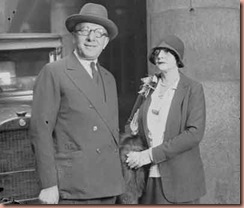

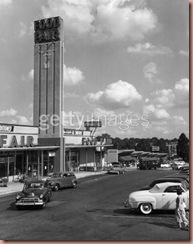
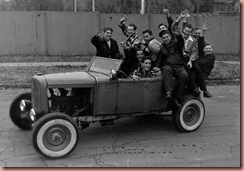
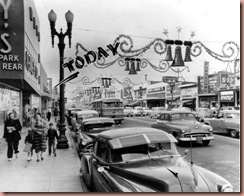




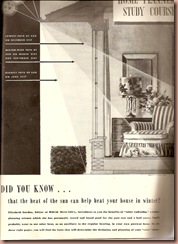

![earlyamericanglass[3] earlyamericanglass[3]](http://lh6.ggpht.com/_PlZN4MWvkq0/TXZfEoxV0mI/AAAAAAAAGHY/RPzOLg1M76E/earlyamericanglass%5B3%5D_thumb%5B1%5D.jpg?imgmax=800)


